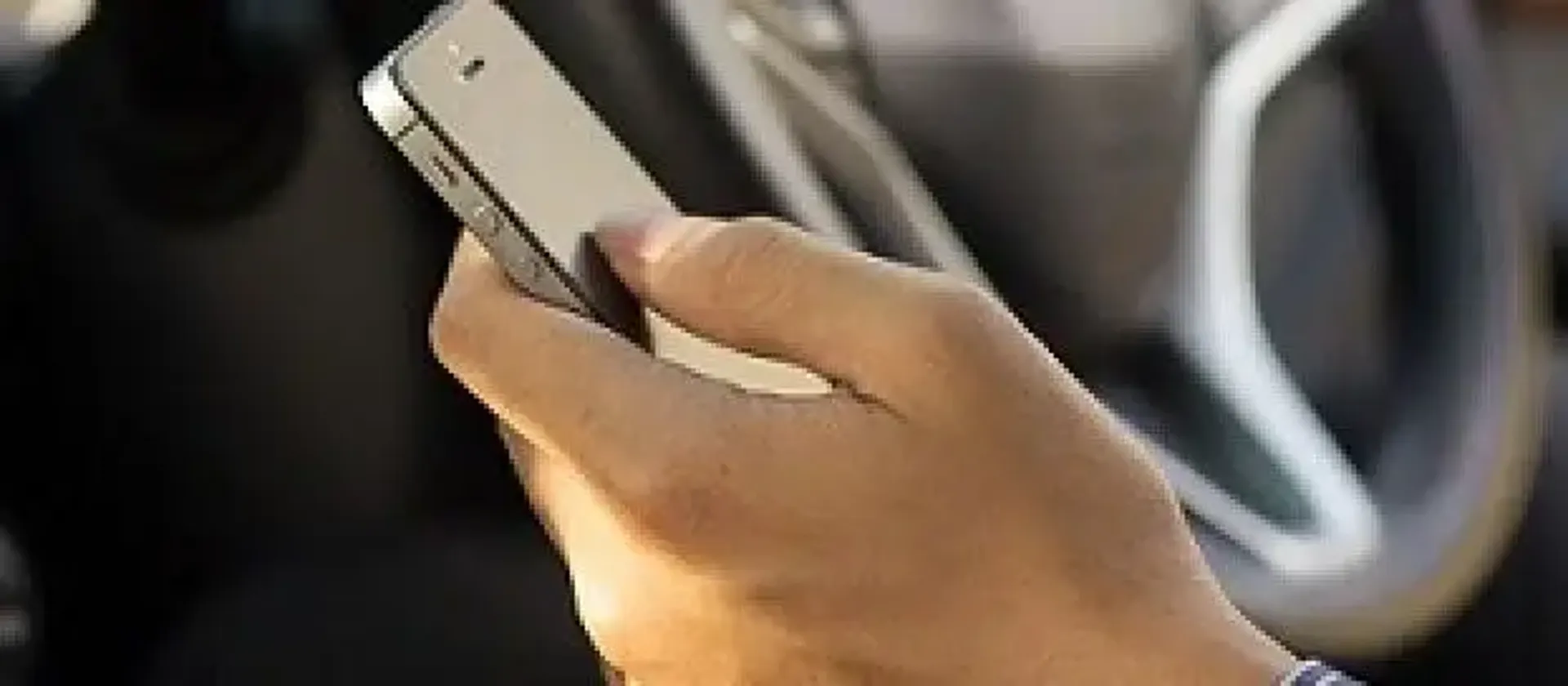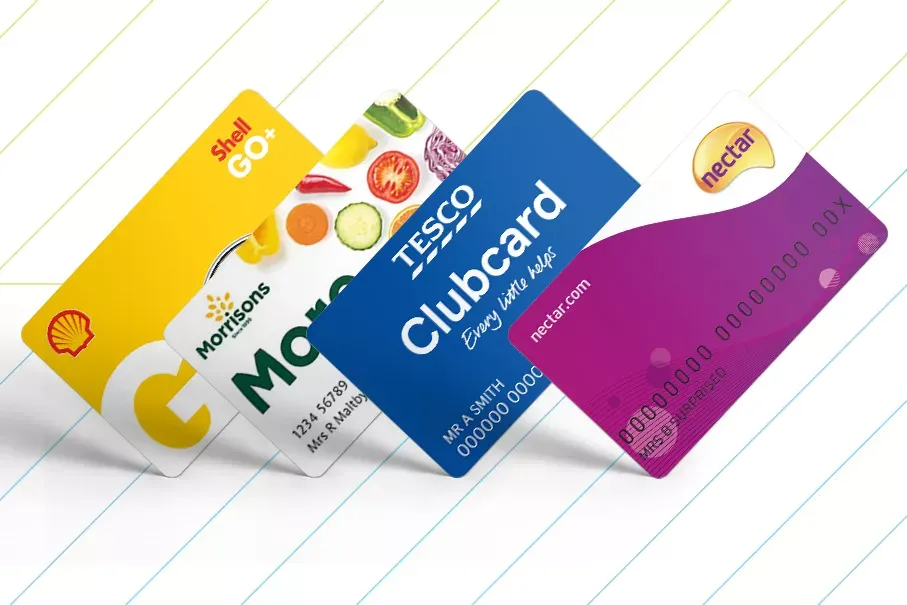03/10/2016

The RAC’s Annual Report on Motoring, 2016, identified a rise in the number of motorists using handheld mobile devices behind the wheel. 31% of surveyed motorists claimed to have used a mobile phone whilst driving, compared to 16% in 2014. And the RAC’s isn’t the only study to highlight the problem. Brake, a charity dedicated to raising road safety awareness, conducted a survey of 25-34-year-old drivers, and found that more than 50% admit to having read or sent a text when behind the wheel
What the law says
The law is unequivocal on this point: it is illegal to use a mobile device in a vehicle, or on a motorbike. This is true at all times. If you are in a vehicle stopped in traffic, or at a red traffic light, and you use your phone or tablet without a hands-free kit, you’re breaking the law.
It is legal to use mobile phones and satnav systems hands free. It is also legal to use a hands-free 2-way radio set. Police have discretion to enforce the law as they see fit in this area, however: if a police officer sees you using a hands-free device and believes you to be distracted, he or she can stop and penalise you.
The penalties for a driver distraction offence are severe. If you’re in control of a car, you can be spot-fined £100 and get 3 points on your licence. You can also be taken to court, where a maximum fine of £1,000 applies. If you’re driving a bus or heavy goods vehicle, the fine maxes out at £2,500.
If you cause an incident whilst using a handheld device behind the wheel, your penalties are in line with the offence. A conviction of death by dangerous driving carries a prison sentence of up to 14 years.
According to the BBC, the minimum fines and licence points for distraction offences are expected to rise, as the government begins a concerted effort to crack down on the dangerous behaviour.
It is only legal to use a handheld mobile device in a vehicle in a genuine emergency.
What your fleet risks
The legal implications of driver distraction are clear: if your drivers are caught using handheld devices, or even hands-free devices in a way that is deemed to be distracting, they will be penalised. In fleet terms, that means drivers in court, drivers incurring fines, and drivers potentially off the road for good.
The safety implications of handheld device usage are also clear. There is a disturbing litany of injury and death associated with the use of handheld mobile devices by drivers. US research states that drivers who use handheld devices are four times more likely to be involved in traffic incidents. And a mounting body of study suggests that even hands-free phone usage severely diminishes a driver’s ability to spot hazards. In fact, talking on a phone, whether hands free or otherwise, can cause a 50% drop in reaction times.
Preventing driver distraction
A mobile phone or handheld device policy is key to preventing driver distraction. Educate, inform, and enforce. Teach your drivers about the dangers associated with mobile use, tell them what your policy is, and take steps to enforce that policy.
There are plenty of apps out there that can aid your mobile education and enforcement plan—for example Cellcontrol and Distracted Driving Monitor. Apps such as these disable phone functionality for the duration of a trip, and can also send information regarding driver device behaviour to a centralised location.
How do you educate your drivers on the dangers of mobile use? Let the community know on LinkedIn and Twitter.
fuelGenie is a UK provider of fuel card services.


